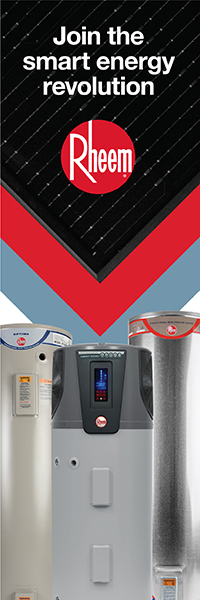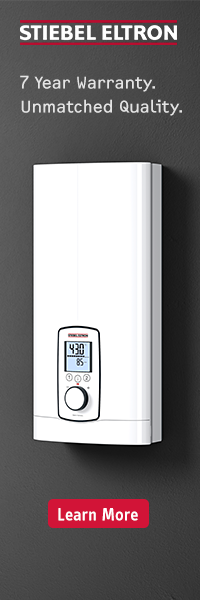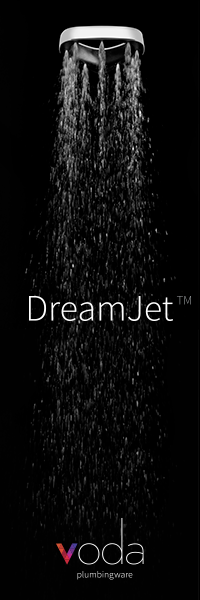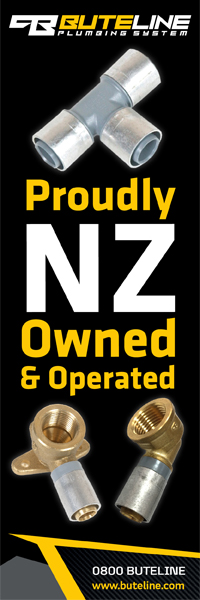Gas heating options
30 April 2018
Which gas heating option to choose?
We all want our home to be snug and warm in winter. Gas heating is a great way to heat your home. There are heaps of safe and effective options to choose from, depending on the style and size of your property, and how many rooms you want to heat. Running costs can be lower for gas heating than other forms of heating, which means your bills will be lower too!
The first thing you need to know when making purchasing decisions is the difference between flued and unflued gas heating.
Flued heating
Flued gas heating has a flue, aka chimney, which moves all combustion products to the outside.
Modern direct vent technology goes one step further—protecting indoor air quality by actually drawing in fresh air for combustion as well as expelling combustion products via a flue within a flue.
This also eliminates possible drafts within a room caused by air flowing to conventional chimneys, and increases heating efficiency.
Direct vent flues are more flexible in their installation, creating the ability to have horizontal flue runs and terminations through walls, which can save considerable installation costs especially with multi-storey homes.
Examples of flued gas heating include:
- Gas fireplaces
- Gas ducted central heating
- Gas-fired hydronic central heating (ie, radiators and underfloor).
Unflued heating
Unflued gas heating has no flue, so combustion products remain inside. Adequate ventilation must be provided when unflued heaters are used. Ventilation can be as simple as having a window latched open allowing dispersal of combustion products to outside and fresh air to enter the room.
Authorised gasfitters know and follow requirements around minimum room sizes in which this type of heating can be safely installed. For example, unflued heaters must not be installed in small rooms, bathrooms, bedrooms or sleeping areas.
Unflued heaters can be a great choice to quickly heat specific spaces such as kitchen/dining areas in the morning when there's no need to heat the lounge or the rest of the house.
Some unflued ‘portable’ gas heaters connect to a bayonet fitting that provides the natural or LPG gas, so the heater stays in a fixed position, but heat can be directed within the confines of the hose connection. These heaters can then be disconnected from the bayonet connection for storage over summer.
Unflued bayonet heaters are considered safer than truly portable gas heaters, such as LPG cabinet heaters, which can be wheeled about the house—possibly to a room where they shouldn’t be.
Cabinet heaters may be cheap to buy upfront, but running costs are high and they can cause moisture and condensation in your home, which isn’t healthy.
Trust a gasfitter to do the job safely
All gas heating installations, repairs and servicing must be done by a qualified and authorised gasfitter. All gas heaters should be serviced regularly, with most manufacturers recommending annual servicing.
Ask your gasfitter about the best options to suit your home.
Find a Master Gasfitter near you using our website search.














































